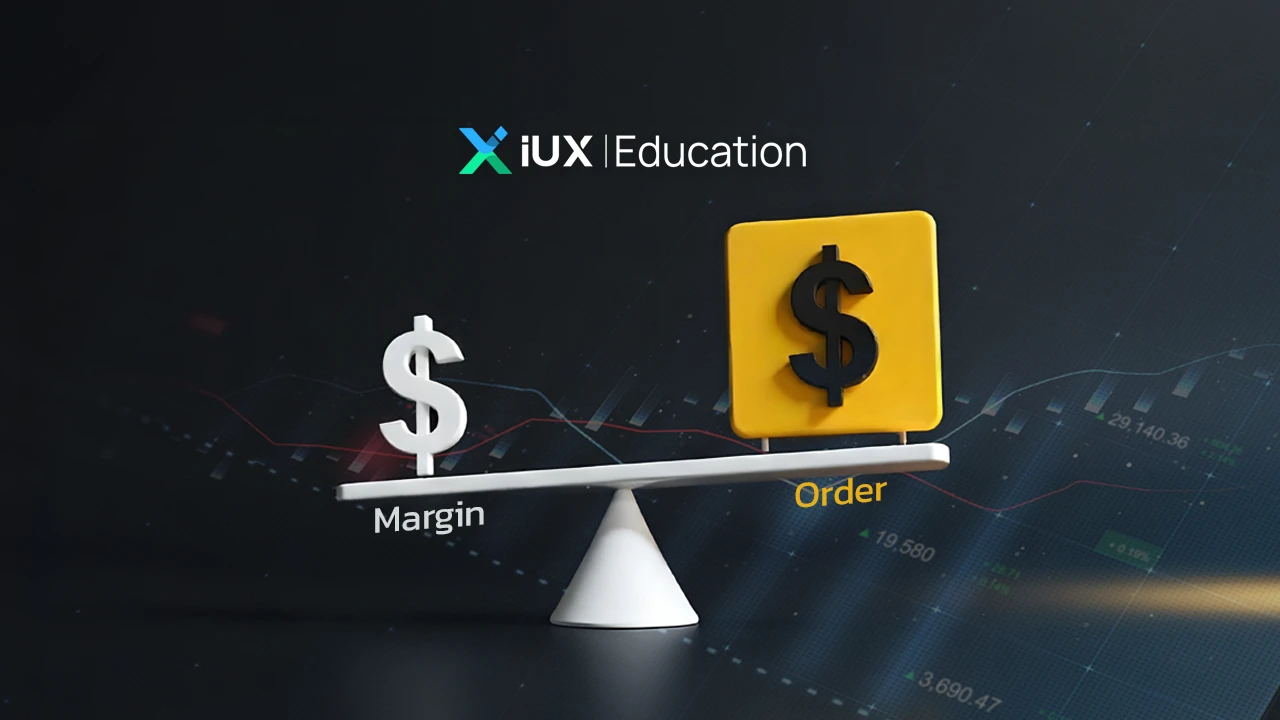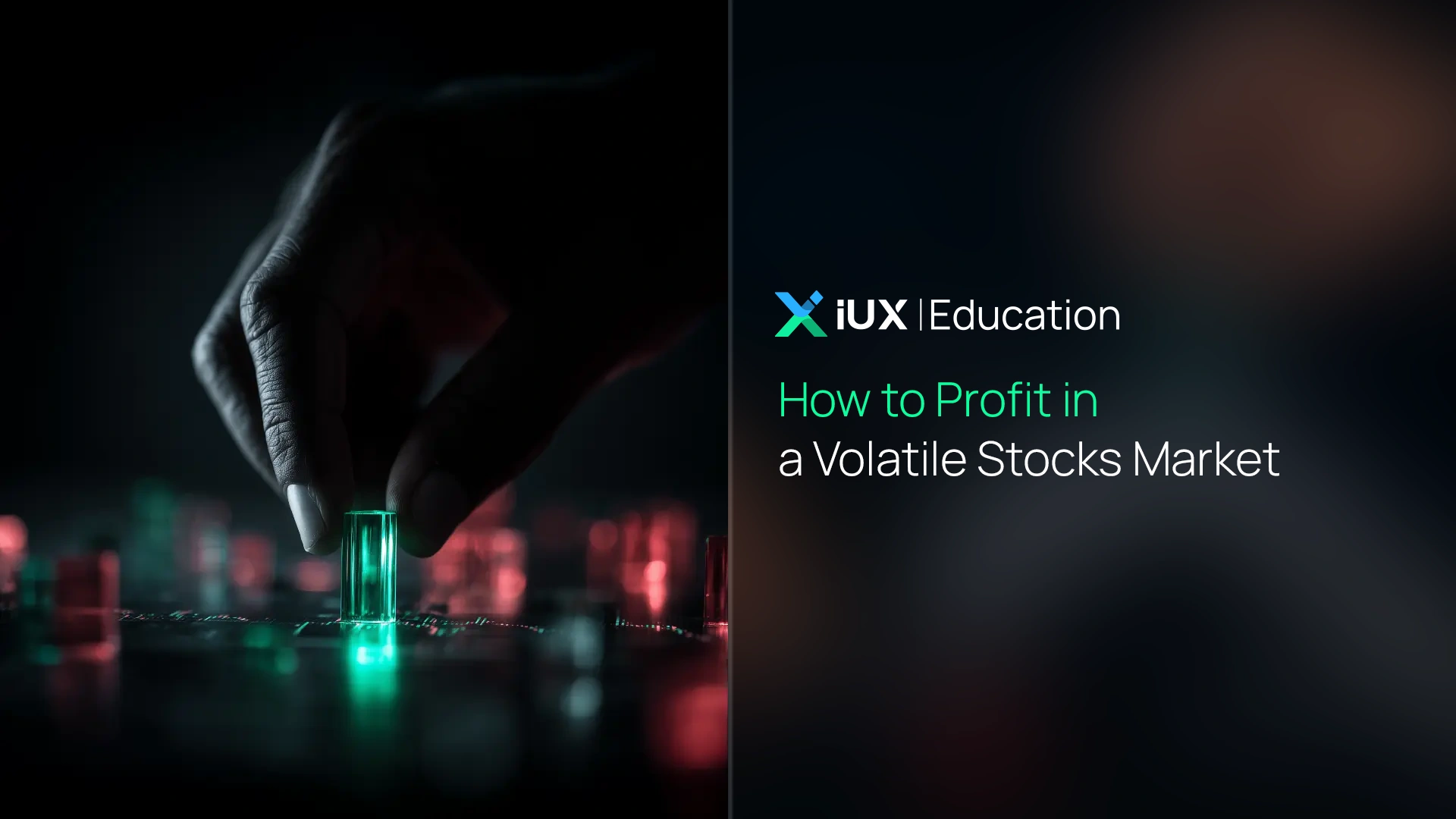CFDs are complex instruments and come with a high risk of losing money rapidly due to leverage. 76% of retail investor accounts lose money when trading CFDs with this provider. You should consider whether you understand how CFDs work and whether you can afford to take the high risk of losing your money.
CFDs are complex instruments and come with a high risk of losing money rapidly due to leverage. 76% of retail investor accounts lose money when trading CFDs with this provider. You should consider whether you understand how CFDs work and whether you can afford to take the high risk of losing your money.

Learn How Leverage and Margin Work Together Before Your First Trade
The Relationship Between Leverage and Margin
For beginner investors in the financial markets, understanding the relationship between leverage and margin is a critical starting point. While these aren’t trading commands like Buy or Sell, they are key components that directly impact your ability to open a position. Learning these concepts will help you plan your trades more effectively and manage your risk with greater confidence.
What Is Leverage?
Leverage, often referred to as buying power, is a tool provided by brokers that allows you to open trading positions (Buy or Sell orders) that are larger in value than the actual funds you have in your account. Simply put, it’s the act of borrowing money from your broker to increase the size of your investment.
How Does Leverage Work?
When a broker offers you leverage—say at a ratio of 1:100—it means that for every $1 you have, you can trade with $100. This is what enables you to open larger positions in markets like Forex or gold, even with a relatively small initial capital.
Opportunities and Risks:
- Profit Potential: Leverage amplifies your position size, allowing you to earn higher returns from even small price movements.
- Increased Risk: However, leverage is a double-edged sword. Even slight price movements against your prediction can quickly become a barrier to profitability.
What Is Margin?
Margin is the collateral that the system deducts from your account when you open a trading position. This margin is calculated as a percentage of the lot size you're trading and serves as a security deposit for the broker, since you’re effectively borrowing funds through leverage to execute the trade.
Why Is Margin Important When Opening a Trade?
Margin is the portion of your actual funds that must be available in your account in order for the broker to allow you to use leverage.
If your margin falls below the broker’s required threshold, you won’t be able to open a Buy or Sell order.
The Relationship Between Margin and Leverage
Margin and leverage have an inverse relationship:
- The higher the leverage, the lower the margin required to open a position of the same size.
- The lower the leverage, the more margin you’ll need to open that same position.
What Is a Margin Call and How to Prevent It
If your trade continues to incur losses and your account balance drops below the required margin level, you’ll receive a Margin Call—a warning from your broker asking you to either deposit more funds or close some positions. This is meant to prevent a forced liquidation of all your open trades, known as a Stop Out, which could lead to significant losses. 1
Learn More About Setting Stop Loss to Manage Risk : How to Set Stop Loss / Take Profit for Safer Trading
The Relationship Between Leverage, Margin, and Buy/Sell Orders
When you place a Buy or Sell order to open a position, here’s what happens:
- You use the leverage provided by your broker to open a contract on an asset that’s worth more than your actual capital.
- The system immediately deducts the required margin (security deposit) from your free margin as collateral for that trade.
Impact on Your Trading
- Higher leverage means less margin is needed, allowing you to open larger positions even with limited capital.
- However, if you don’t set a Stop Loss, you risk losing your trading funds more easily.
In the world of investing, speed is opportunity—because a good price may only be available for a split second. At IUX, we understand this deeply. That’s why our trading system is built to execute orders with speed, precision, and full support for Market, Limit, and Stop Orders—giving investors full control over their market entries and exits with confidence.
Whether you're trading gold, indices, stocks, or ETFs, getting started is easy with a platform that’s user-friendly, offers low spreads, flexible leverage options, and a wide range of tradable assets.
IUX also puts a strong focus on learning. We offer educational resources from beginner to advanced levels, along with advanced charting tools, no inactivity fees, and 24/7 support. Building your ideal portfolio starts with consistent small steps—and with the right tools in your hands, turning profit becomes much more achievable.
▶ Start Trading with IUX Today and Begin Building Your Investment Portfolio with Us.
Basic Leverage and Margin Calculation
Calculating the required margin to open a position can be done using a simple formula:
Margin = (Lot Size times Contract Size) div Leverage
Example:
If you want to trade gold (XAUUSD) with 1 Lot (standard contract size is 100 ounces) and your broker offers leverage of 1:100 (or 0.01):
Use the formula: (Lot Size × Contract Size × Market Price) ÷ Leverage
- Suppose you open a 1 Lot position in gold (100 ounces) at a market price of $3,000 per ounce
- using 1:100 leverage (1 × 100 × 3,000) ÷ 100 = Margin
- So, the required margin = $300,000 ÷ 100 = $3,000
- If you switch to 1:200 leverage, the required margin would be cut in half—only $1,500.
For faster and more accurate calculations, you can also use a Margin Calculator offered by many brokers. 2
FAQ (Frequently Asked Questions)
Q: Is using high leverage always better?
A: Not necessarily. High leverage can increase your profit potential, but it also raises your risk of loss. It’s important to choose a leverage level that aligns with your experience and risk management strategy.
Q: What happens if I don’t have enough margin?
A: If your account margin is insufficient, you won’t be able to place a new order. And if you already have open positions and your margin level drops below the broker’s required threshold, you’ll receive a Margin Call—which could eventually lead to a forced liquidation of your trades (Stop Out).
Q: What leverage is suitable for beginners?
A: Beginners should start with low to moderate leverage, such as 1:50 or 1:100. This makes it easier to understand how leverage works and to manage risk effectively. As your experience and confidence grow, you can gradually increase your leverage if appropriate.
How to Choose the Right Leverage and Manage Margin Effectively
Trading with leverage and managing margin are core skills every investor in the financial markets must master. To use these tools safely and sustainably:
-
Start with low to moderate leverage: Beginners should use leverage between 1:50 and 1:100 to minimize risk.
-
Always set a Stop Loss: This is your most important tool for limiting potential losses.
-
Monitor your Margin Level and Free Margin regularly: Keep track of your account status to ensure you have sufficient funds and to avoid a Margin Call.
-
Trade with a clear plan: Always have a defined entry/exit strategy and a solid risk management approach before placing a trade.
Understanding these fundamental principles will help you use leverage and margin not just as tools for growth—but as essential elements of a disciplined and confident trading strategy.
To get a complete understanding of how trading orders work, check out the full guide to trading terminology here:
Full Guide to Trading Order Terms
Note: This article is intended for preliminary educational purposes only and is not intended to provide investment guidance. Investors should conduct further research before making investment decisions.


